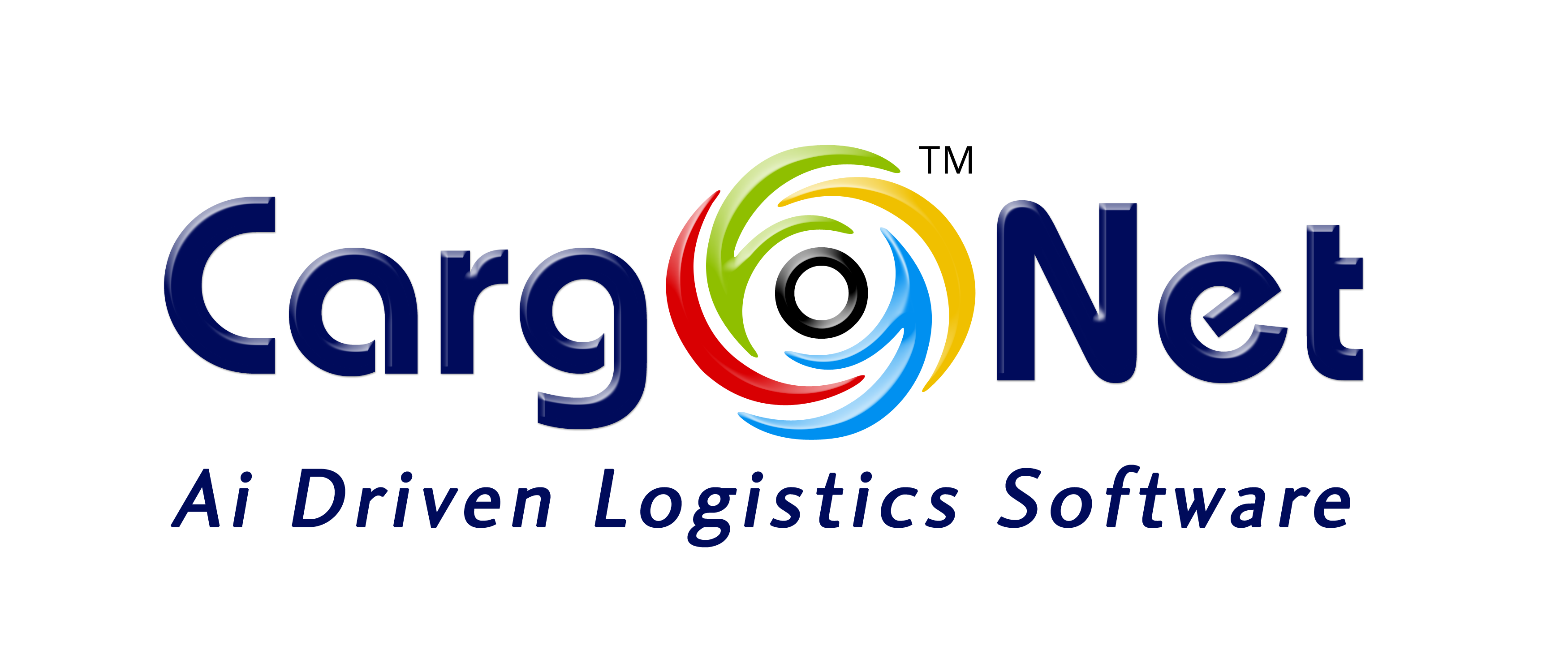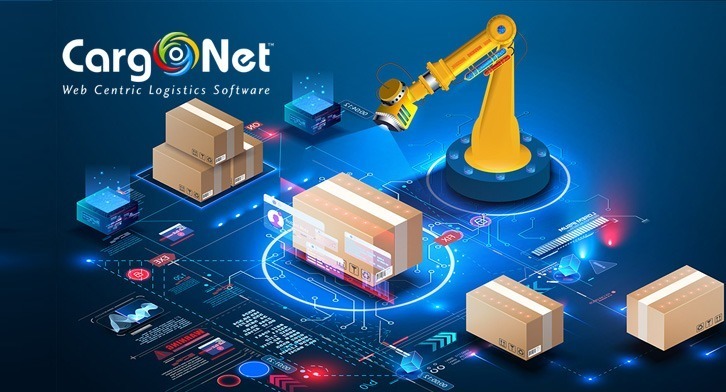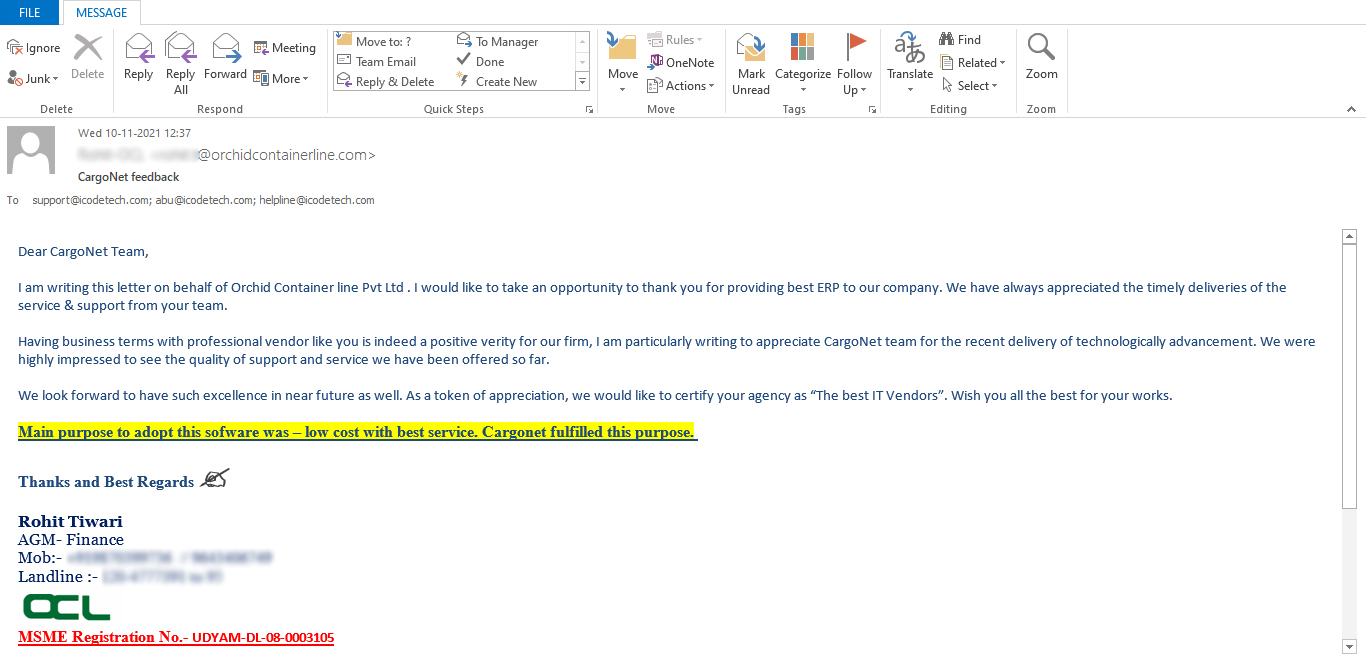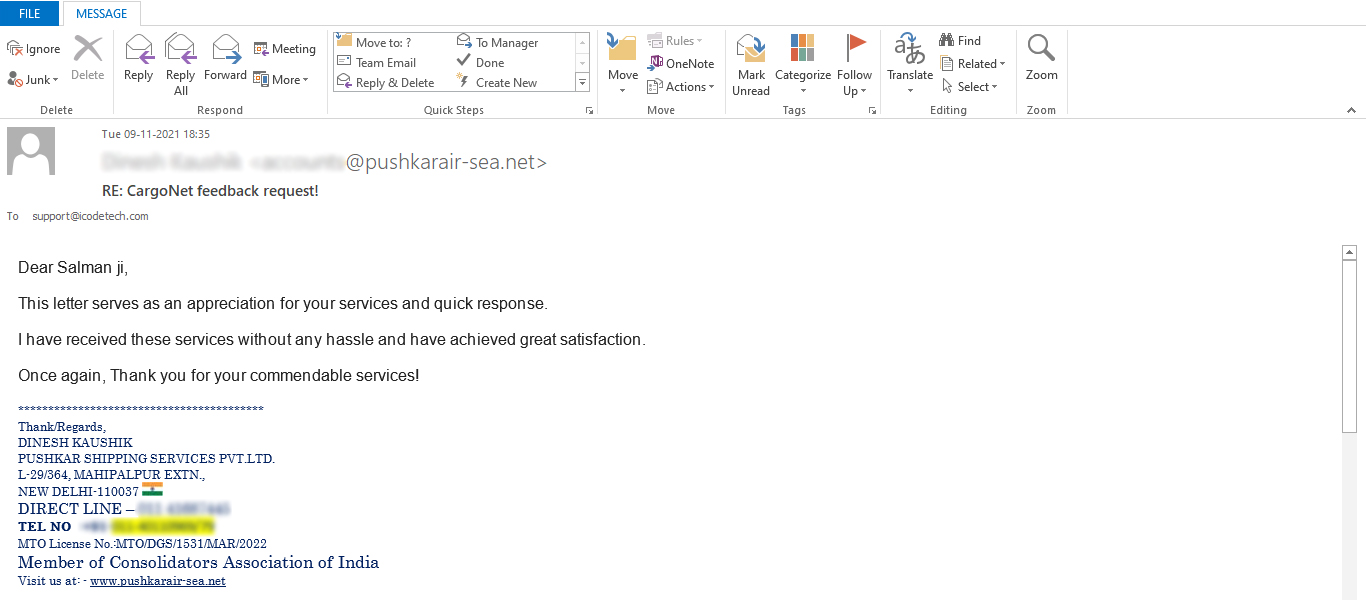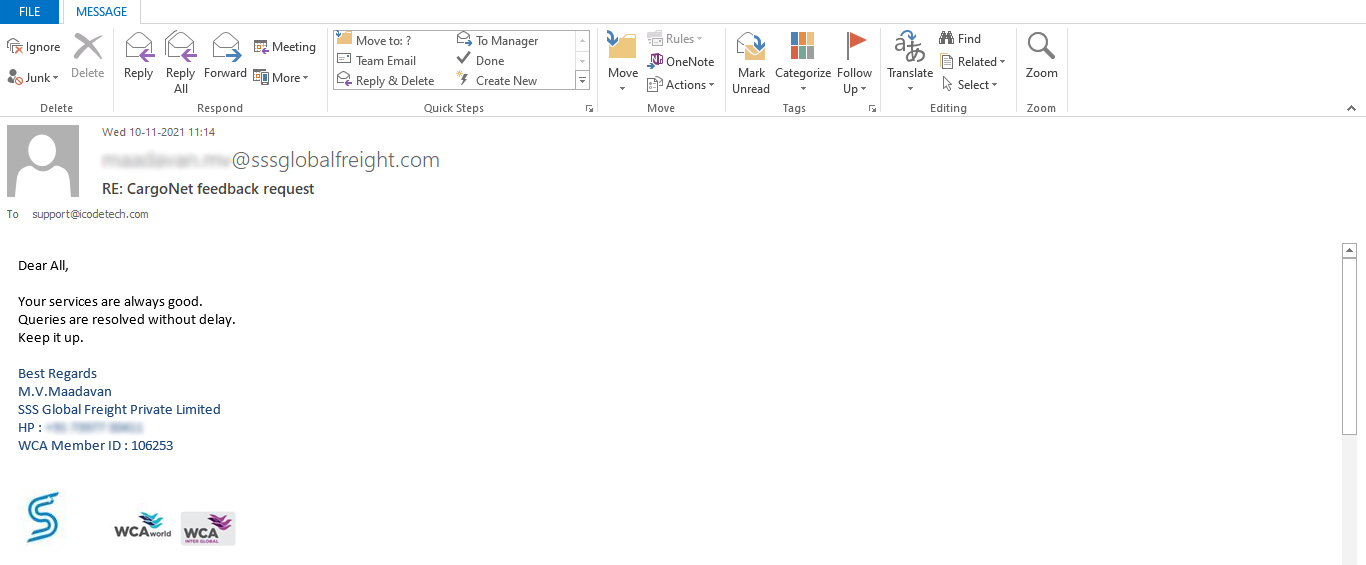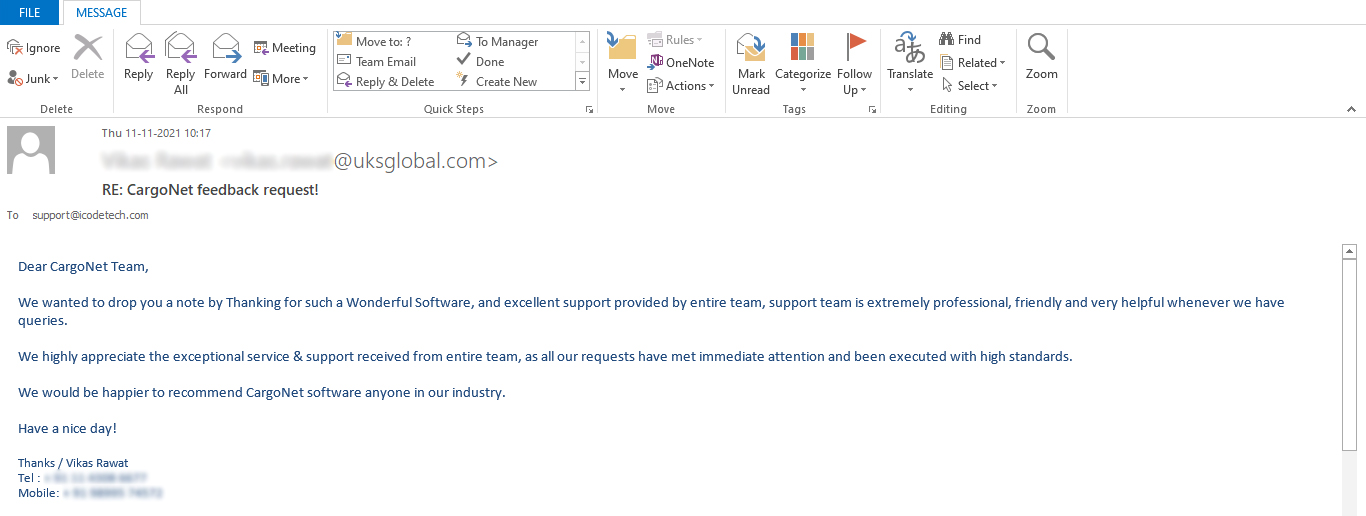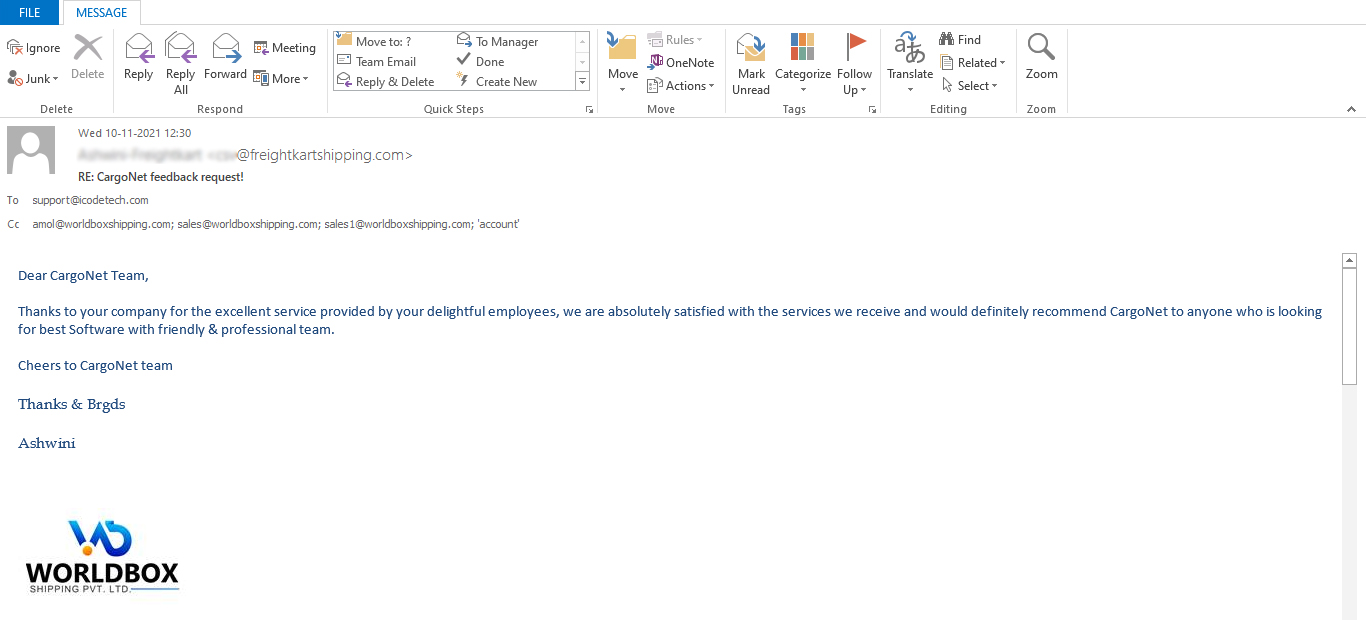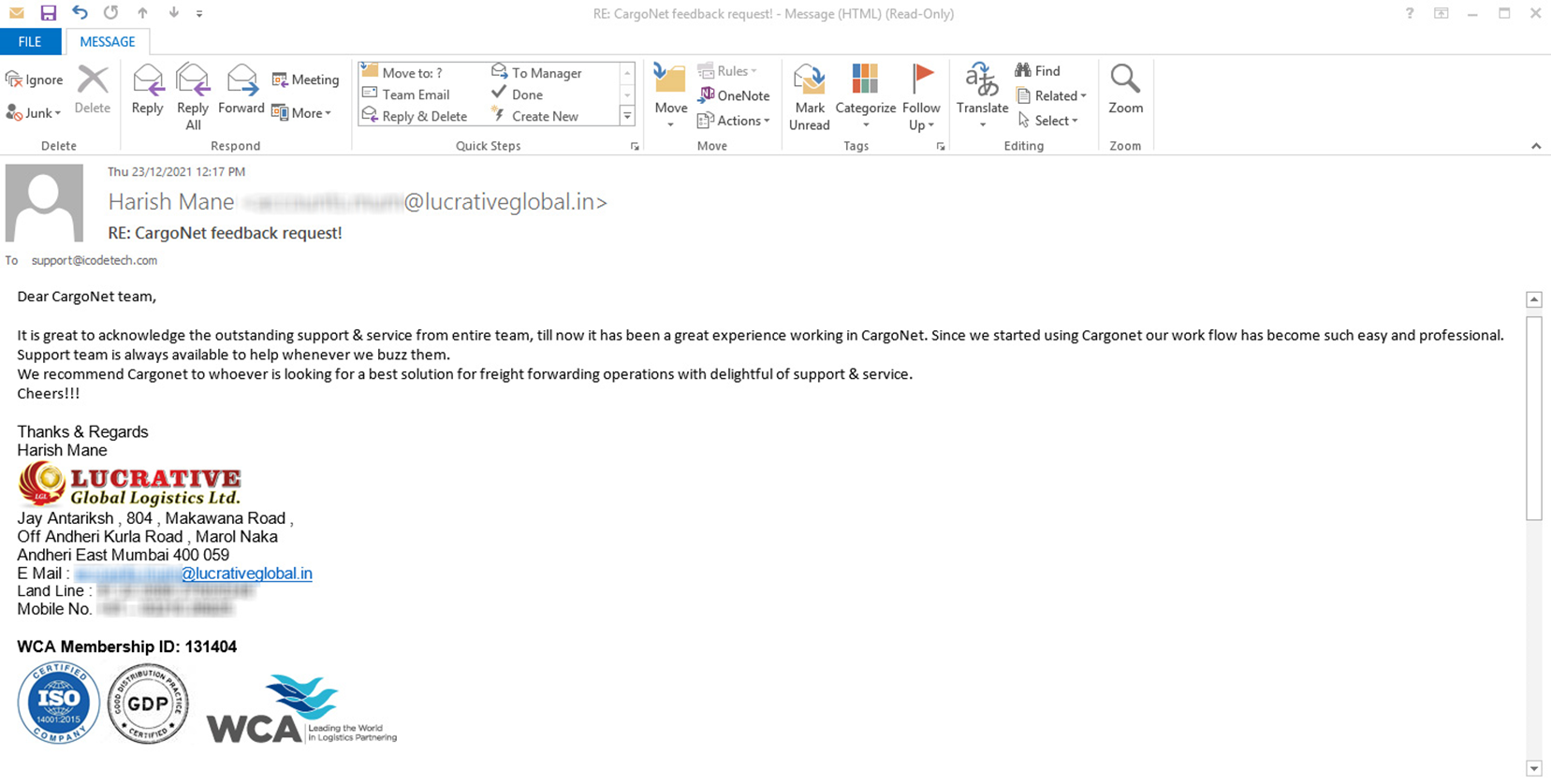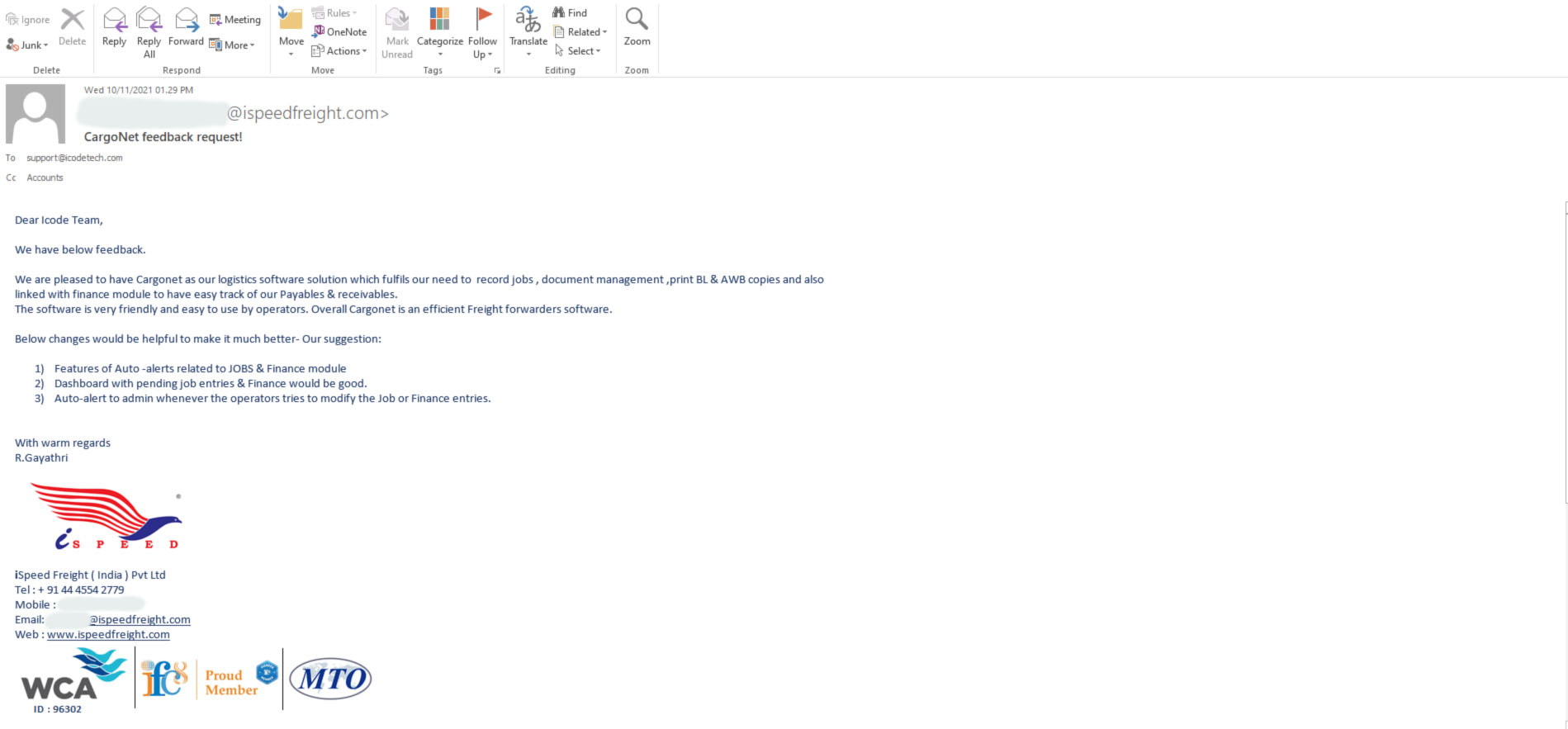The landscape of freight forwarding is undergoing a significant transformation driven by technological advancements. In today’s dynamic logistics environment, embracing innovative software solutions is no longer optional; it’s the key to unlocking operational efficiency, fostering stronger customer relationships, and achieving sustainable growth. This blog explores the top 10 trends shaping freight forwarder software in 2024, empowering businesses to navigate the path towards a successful digital future.
1. Artificial Intelligence (AI) Optimization: AI is transforming every aspect of logistics, and freight forwarding software is no exception. Expect to see:
Smarter Matching Systems: AI algorithms will match shippers with the most suitable carriers based on cost, route efficiency, equipment availability, and even potential disruptions.
Dynamic Pricing and Route Planning: Real-time data analysis will allow for dynamic adjustments to pricing based on factors like demand fluctuations, fuel costs, and available capacity. AI will also optimize route planning, considering traffic, weather, and fuel efficiency.
Predictive Analytics: AI can predict future demand for specific routes and cargo types, enabling forwarders to proactively secure capacity and negotiate better rates for their clients.
2. Rise of Cloud-Based Solutions: Cloud-based freight forwarding software offers numerous advantages, including:
Scalability: Easily scale your software usage up or down as your business needs evolve.
Accessibility: Access your software from anywhere with an internet connection, increasing flexibility and remote work capabilities.
Automatic Updates: Benefit from automatic software updates without any downtime or IT intervention.
Enhanced Security:Cloud providers offer robust security measures to safeguard your sensitive data.
3. Focus on User Experience (UX): User-friendly interfaces and intuitive workflows will be paramount for freight forwarding software. Features like drag-and-drop functionality, customizable dashboards, and mobile app accessibility will streamline operations and improve user satisfaction.
4. E-commerce Integration: he e-commerce boom demands faster deliveries and flexible fulfillment options. Software will need to integrate seamlessly with e-commerce platforms to facilitate:
Faster Order Processing: Streamline order fulfillment with real-time inventory visibility and automated order processing functionalities.
Omnichannel Fulfillment: Offer a wider range of fulfillment services, including warehousing, last-mile delivery, and reverse logistics, to cater to diverse customer needs.
Data-Driven Inventory Management: Real-time data will be crucial for optimizing inventory levels and ensuring on-time deliveries across multiple sales channels.
5. Blockchain for Transparency and Security: Blockchain technology offers enhanced transparency and security in the supply chain. Here’s how it might be used:
Real-Time Tracking: Track shipments in real-time with greater accuracy and immutability of data on the blockchain ledger.
Improved Visibility: All stakeholders can access relevant shipment data securely on the blockchain, fostering trust and collaboration..
Streamlined Documentation: Reduce paperwork and expedite customs clearance with secure and verifiable documentation stored on the blockchain.
6. The Power of Big Data: Freight forwarding software will leverage the power of big data to generate valuable insights. Analyzing vast datasets can help forwarders:
Identify Market Trends: Gain insights into evolving trade patterns, customer preferences, and pricing trends to make strategic business decisions.
Optimize Pricing Strategies: Utilize data-driven pricing models to offer competitive rates while maximizing profitability.
Improve Customer Service:Leverage customer data to personalize services and anticipate customer needs.
7. Focus on Sustainability: Environmentally conscious practices are becoming a priority for many businesses. Freight forwarding software will play a role in:
Optimizing Routes and Modes of Transport: Software can help identify the most fuel-efficient routes and modes of transport, reducing carbon emissions..
Carbon Offset Programs:Integrate with carbon offset programs to allow clients to compensate for the emissions generated by their shipments.
Sustainability Reporting: Generate sustainability reports that track carbon footprint and environmental impact.
8. The Rise of the Internet of Things (IoT): The integration of IoT devices can further enhance data collection and automation:
Real-Time Shipment Tracking: Track the location and condition of shipments in real-time using sensors embedded in containers and trailers.
Predictive Maintenance: Monitor equipment health to schedule maintenance proactively, preventing disruptions and ensuring smooth operations.
Improved Warehouse Management: Utilize sensor data to optimize warehouse layouts, automate inventory management, and improve picking and packing efficiency.
9. Cybersecurity Concerns on the Rise:(IoT): As reliance on technology increases, cybersecurity threats become a growing concern. Software providers will prioritize:
Robust Security Features: Implement robust security features like multi-factor authentication, data encryption, and regular vulnerability assessments.
Compliance with Regulations: Ensure compliance with relevant data privacy regulations like GDPR and CCPA.
Focus on Data Security: Prioritize data security measures to protect sensitive customer and business information.
10. Collaboration is Key:
The future of freight forwarding hinges upon collaborative synergies that transcend organizational boundaries:
The future of freight forwarding hinges upon collaborative synergies that transcend organizational boundaries:
Integrated Communication Channels: Forge seamless connections between stakeholders, facilitating real-time information exchange and decision-making.
Collaborative Planning Tools: Empower stakeholders to orchestrate synchronized logistics operations, optimizing efficiency and responsiveness.
Data Sharing for Transparency:Promote transparency and trust through shared access to critical data, nurturing a culture of collaboration and innovation.
In summation, the winds of change sweep through the realm of freight forwarding, propelled by a convergence of technological breakthroughs and shifting paradigms. By embracing these ten trends, forward-thinking enterprises can navigate the turbulent currents of digital transformation, charting a course towards unrivaled success and prosperity in the dynamic landscape of logistics.

